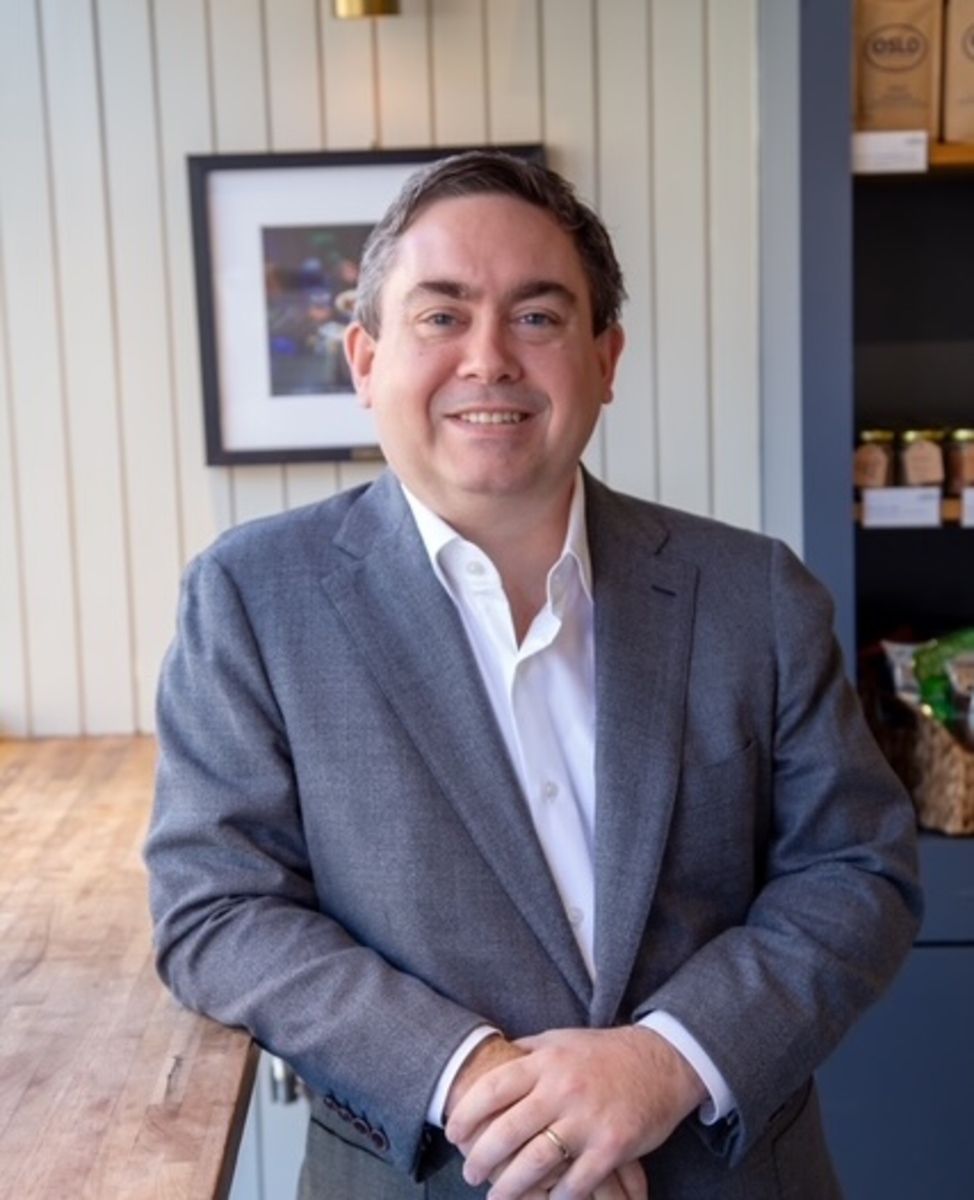Kevin Garry is the owner and managing partner of L’Artusi, L’Artusi Supper Club, b’artusi, and Via Porta in New York City.
Before I get into what’s promised in this article, it’s probably useful to understand my professional background and why I’m at all qualified to share fast-casual or full-service lessons.
I started in the restaurant industry at 14 years old, working for my uncle in his chef-driven, owner-occupied restaurant in upstate New York. When I went to college and eventually moved to NYC, those were the types of places that I worked at and gravitated towards. I was mesmerized by the talented chefs and beverage professionals who opened my eyes to all the wonderful pleasures that the best food and drink in the world could offer. Particularly when I landed a waiter gig at Gramercy Tavern, I was acutely aware that I was working shoulder to shoulder with the most talented and creative people in our industry.
Eventually, I was promoted into management, and for the first time I was privy to the P&L and the business side of how restaurants work. Gramercy Tavern had always been a terrific business given that there was essentially unlimited demand to dine there, but I was struck by the absence of discussion on how to capitalize on that demand in order to make the P&L even stronger. The focus was always to create the best hospitality and serve the best products while sparing no expense, which is why that restaurant has stood the test of time.
After over five years at Gramercy Tavern, I was ready for a new challenge that combined business and hospitality. I became the opening GM at a West Village Italian restaurant called L’Artusi. It was the perfect fit for what I was looking for: my boss’ background was in business and I was eager to learn from him. And learn I did! I think I heard the term “labor cost” more in the first month than I had in my entire career previously. We had detailed conversations about every line item on the P&L. The goal was to have a solid business from a financial perspective, which is something I really wanted to learn and implement. For over six years, as the GM and eventually director of operations for what became a small restaurant group, we continued to have these financial discussions. Looking back at all those meetings now, we all had the desire but we didn’t have the experience or playbook on how to do it.
Upgrade to a paid Full Book subscription to read the rest.
Become a paying subscriber of Full Book to get access to this post and other subscriber-only content including all of our Friday Deep Dives.
Upgrade

